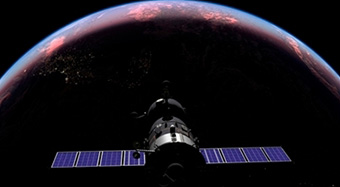MARTIAN ROVER JOURNEY

MARTIAN ROVER JOURNEY
FEBRUARY 6, 2023The MER-A (Spirit) and MER-B (Opportunity) were launched on June 10, 2003 and July 7, 2003, respectively. Though both probes launched on Boeing Delta II 7925-9.5 rockets from Cape Canaveral Space Launch Complex 17 (CCAFS SLC-17), MER-B was on the heavy version of that launch vehicle, needing the extra energy for Trans-Mars injection. The launch vehicles were integrated onto pads right next to each other, with MER-A on CCAFS SLC-17A and MER-B on CCAFS SLC-17B. The dual pads allowed for working the 15- and 21-day planetary launch periods close together; the last possible launch day for MER-A was June 19, 2003 and the first day for MER-B was June 25, 2003. NASA's Launch Services Program managed the launch of both spacecraft.
The probes landed in January 2004 in widely separated equatorial locations on Mars. On January 21, 2004, the Deep Space Network lost contact with Spirit, for reasons originally thought to be related to a flare shower over Australia. The rover transmitted a message with no data, but later that day missed another communications session with the Mars Global Surveyor. The next day, JPL received a beep from the rover, indicating that it was in fault mode. On January 23, the flight team succeeded in making the rover send. The fault was believed to have been caused by an error in the rover's flash memory subsystem. The rover did not perform any scientific activities for ten days, while engineers updated its software and ran tests. The problem was corrected by reformatting Spirit's flash memory and using a software patch to avoid memory overload; Opportunity was also upgraded with the patch as a precaution. Spirit returned to full scientific operations by February 5. Both rovers' missions were initially just 90-sol-long.



